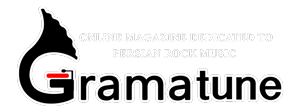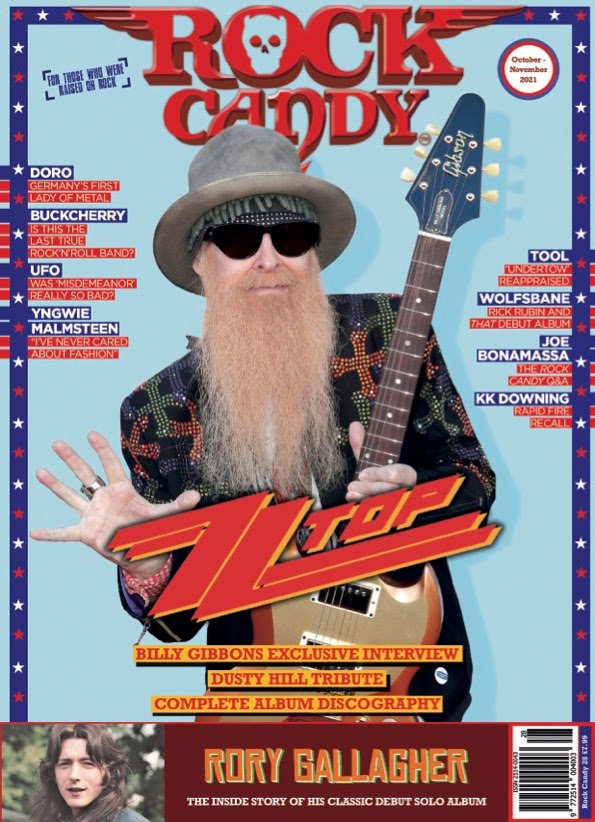
Spotify has launched a new website, Loud & Clear, designed to give more transparency into how the streaming platform pays artists.
Protests were held outside the service’s offices around the world earlier this week (March 15) demanding ‘Justice At Spotify’.
The new site gives data on how Spotify’s streams are determined and compensated. “Artists deserve clarity about the economics of music streaming,” it reads. “This site aims to increase transparency by sharing new data on the global streaming economy and breaking down the royalty system, the players, and the process.”
In a video titled ‘How The Money Flows’, a narrator explains that Spotify doesn’t pay artists and songwriters directly, but the rights holders – e.g. record labels, distributors, aggregators or collecting societies. “Whilst Spotify has different agreements with each of these rights holders, in general, we pay them roughly two-thirds of every dollar we make from music,” they explain.
According to the video, as of last year, the streaming platform has paid more than €21billion (£18b) to rights holders. It goes on to explain how the payouts are divided, noting that how much an artist gets paid depends on their agreements with rights holders.
Loud & Clear also gives data on how many artists have generated certain amounts of money on the platform. For example, 13,400 made more than $50,000 (£36k) on the streaming site last year, while only 870 generated over $1million (£721k).
Speaking to Pitchfork, vice president and head of marketplace at Spotify Charlie Hellman said the data shown on the Loud & Clear site showed the company was helping to increase the amount of money musicians can make from their work.
“If you look at those graphs of how artists of different earning thresholds have grown over the past four years, what you clearly see is that Spotify has invested in a more engaging consumer experience: having better programming, launching in new countries, all the things we do to invest in our business—they grow the pie for everybody,” Hellman explained.
“We’re constantly testing to see what is the revenue-maximising price for [any given] market because if we can find the revenue-maximising price, that’s best for Spotify and it’s best for all artists. When we grow our revenues, artists’ revenues grow. When we make our programming better, more artists can fit in and have a chance to grow an audience.”
However, some artists don’t think the new pay transparency site offers the answers they have been calling for from Spotify.
“musicians demanded one penny per stream from @Spotify and in return they made some convoluted websited called “loud and clear” to try to gaslight musicians into thinking it’s somehow their fault,” Zola Jesus tweeted.
the real problem is that @Spotify cannot actually operate at profit by paying artists fairly and they're too cucked to just admit what we all know – they're robbing us
— ζj (@ZOLAJESUS) March 19, 2021
“the real problem is that @Spotify cannot actually operate at profit by paying artists fairly and they’re too cucked to just admit what we all know – they’re robbing us.”
“Yep it’s pretty “loud and Clear where the money goes” & it ain’t the Fuckin artists…” Portishead and Beak’s Geoff Barrow added.
Yep it’s pretty “loud and Clear where the money goes” & it ain’t the Fuckin artists… https://t.co/hNdQofwoFq via @pitchfork
—
Geoff Barrow
(@jetfury) March 19, 2021
“To recap what’s loud and clear: last year 13,400 rights holders grossed $50k or more from Spotify, worldwide (that’s equivalent to 5,000 downloads at $9.99),” former Galaxie 500 member Damon Krukowski said. “Meanwhile Spotify earned billions for itself, its stockholders, and the three remaining major labels.”
To recap what’s loud and clear: last year 13,400 rights holders grossed $50k or more from Spotify, worldwide (that’s equivalent to 5,000 downloads at $9.99). Meanwhile Spotify earned billions for itself, its stockholders, and the three remaining major labels #JusticeAtSpotify
— Damon K (@dada_drummer) March 19, 2021
In a statement, Musicians’ Union General Secretary Horace Trubridge said the organisation welcomed the launch of the site but that there was still work to be done. “The #fixstreaming campaign has been calling for more clarity and transparency in the way the platforms pay out to the rights holders and it’s great to see Spotify respond in such a positive way,” Trubridge said.
“It does, however, underline the fact that whilst the success of streaming is generating huge dividends, it is the rights’ owners who are benefitting chiefly and the artists and performers who write and deliver the music that the whole ecosystem depends on are, at best, the poor relations.”
The Ivors Academy CEO Graham Davies added: “We welcome Spotify’s new initiative as a step in the right direction of providing music creators with greater transparency. Knowledge is power. We have campaigned for greater transparency about how streaming works, and how songwriters and composers are paid.
“However, the figures from Spotify that show ‘payouts’ are not what goes into the pockets of artists and songwriters. It is what labels and publishers receive, who then pay artists and songwriters a fraction of that. This is where the industry still has a long way to go to achieve true transparency and fair distribution. But well done Spotify, for recognising the importance of transparency and showing that it is possible.”
The protests outside Spotify’s global offices earlier this week came after the United Musicians And Allied Workers Union (UMAW) started a new campaign titled ‘Justice For Spotify’ last October. One of its goals is to get the platform to raise its average streaming royalty from $.0038 USD to a penny per stream for all artists.
The post Spotify launches pay transparency website Loud & Clear appeared first on NME.








